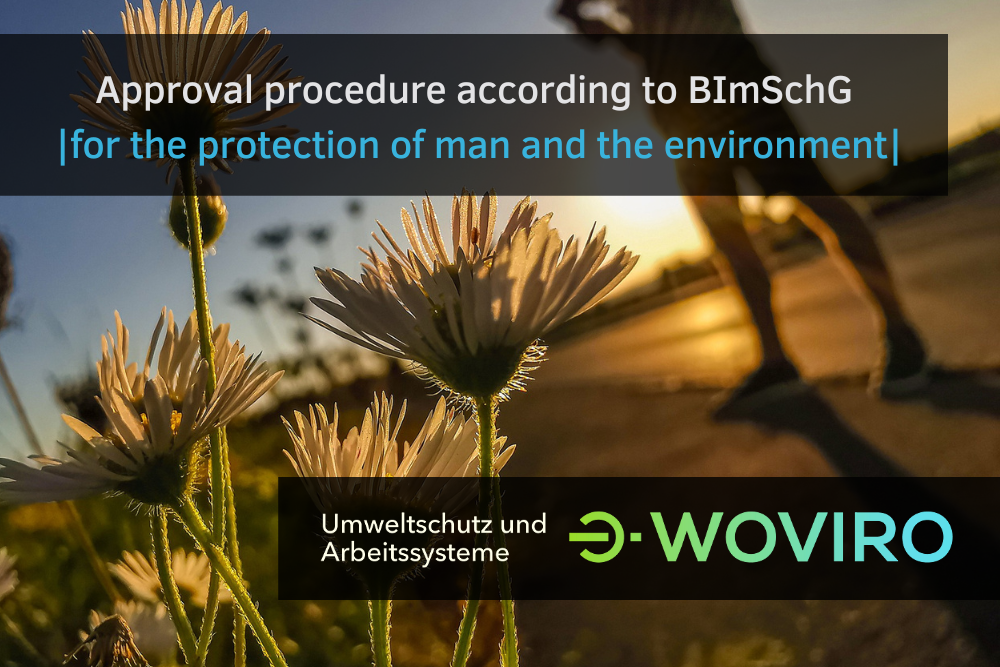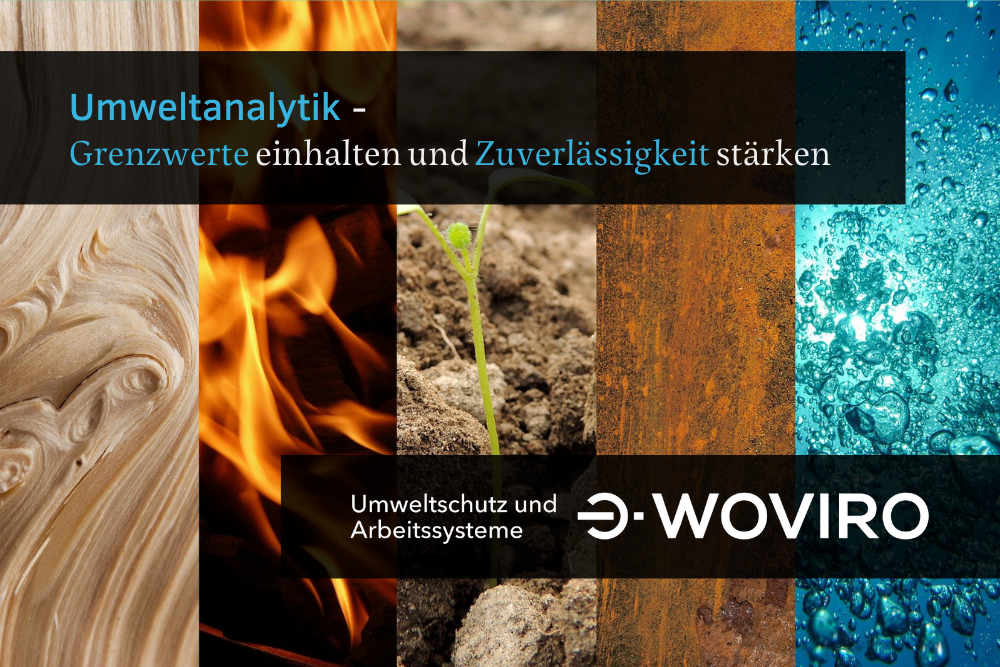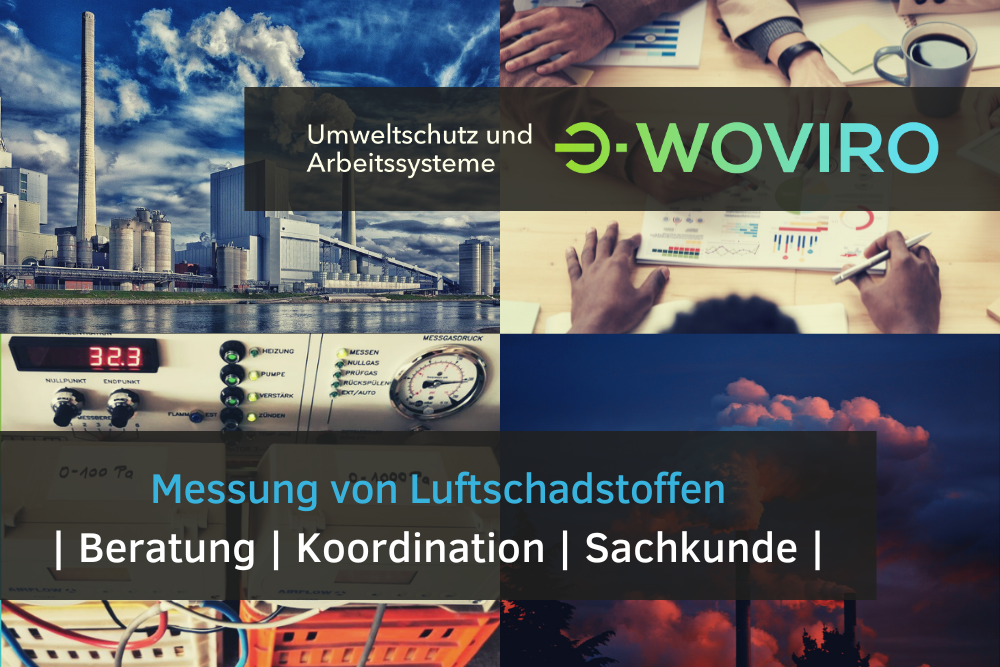Approval and notification procedures according to the Federal Immission Control Act:
The construction and operation of commercial and industrial facilities that can be classified according to Annex 1 of the 4th BImSchV require an immission control permit according to BImSchG. The associated approval procedure is described in the 9th BImSchV. In the case of projects subject to EIA, the Environmental Impact Assessment Act (UVPG) must be observed in addition to the ordinance.
German environmental law is based on four essential basic principles and, in its entirety, aims to protect the natural environment and human beings.
These basic principles are:
1. protection principle:
Humans, animals, plants, soil, water, atmosphere, cultural and material assets are to be protected from harmful effects on the environment.
2. precautionary principle:
The occurrence of harmful effects on the environment shall be prevented.
3. polluter pays principle:
The polluter of harmful environmental impacts is responsible for prevention, elimination and also financial compensation.
4. cooperation principle:
Environmental protection is only possible if the state, society and the economy work together.
In this sense, WOVIRO handles permitting and notification procedures as comprehensive projects. We see ourselves as coordinators and interface between the future operator of a plant, the architects and planners, all responsible authorities and the public. We accompany your project from the planning stage to the final approval and always aim to continue to be a reliable partner for you as immission control officers in accordance with § 53 BImSchG. In this way, we also recognize any need for changes to the permit status later on and work continuously on legal compliance in your company.
The first step in the processing of an approval procedure is the classification of the project in terms of the 4th BImSchV, the examination of the approval requirement and finally the determination of the correct type of procedure. If the classification results in a need for approval, it must also be determined which requirements result from the location where the project is implemented and which authority is responsible for the approval.
In the following preliminary meeting with this authority, the project is discussed in its entirety and all specific requirements for the application documents are agreed upon. This refers in particular to further expert opinions, immission forecasts, measurements or safety inspections, which must be available either when the application documents are submitted or before the plant is put into operation.
As a result of the preliminary discussion, we can prepare the application documents and also obtain all further expert opinions. In principle, the application documents follow the following structure, although there are federal state-specific differences that must also be taken into account. The type and number of forms to be used and the number of application copies will be agreed with the approval authority.
Structure of the application documents
Part A – Application: General information on the application and the procedure
Part B – Application documents
1. general information on the application content and the site and plans
2. plant and operating description and schematic diagrams
- Representation of the technical operating equipment
- Description of the production process and input materials
- Information on energy efficiency and heat utilization
3. information on air pollutants including odors
4. information on noise
5. information on electromagnetic fields, vibrations and light
6. information on waste water
7. information on the handling of substances hazardous to water
8. information on waste produced
9. information on occupational health and safety and operational safety
10. information on measures to be taken after cessation of operations
11. information on the initial state for plants in accordance with the IE Directive
12. information on plant safety for operating areas in accordance with the 12th BImSchV
13. information on the EIA preliminary examination or EIA review.
Furthermore, the building application and the fire protection concept must be added to the application as an attachment. These documents are prepared by the architect and the fire protection engineer involved. In addition, in some cases, the EIA report, the safety report for incident facilities, an initial condition report and other expert reports may become part of the application.
When the application documents are submitted, the approval authority checks that they are complete. Once completeness has been confirmed, the actual procedure begins. The duration of an approval procedure varies depending on the type of procedure and is between three and seven months. In some cases, an extension of up to three months is possible. If the procedure involves public participation and objections to a project are raised, a hearing may be required to clarify existing uncertainties with the objectors.
Opportunities to save time arise from the quality and preliminary coordination of the submitted documents. This allows you to quickly complete the official completeness check and start the actual procedure. This is where the strength of WOVIRO’s work lies.
Contact us, we will be glad to advise you.
Your contact person: Mr. Florian Riemann
Phone: 0361 2626 9977
Or use our contact form.
Sources:
Seminarunterlagen; HDT-Seminar: „Genehmigungs- und Anzeigeverfahren nach dem Bundesimmissionsschutzgesetz“; 11/2020; Autor: Matthias Wudtke, Bezirksregierung Köln
Umweltministerium Baden-Württemberg, Antrag auf immissionsschutzrechtliche Genehmigung Baden-Württemberg, Anlage 1 – Inhaltsübersicht



